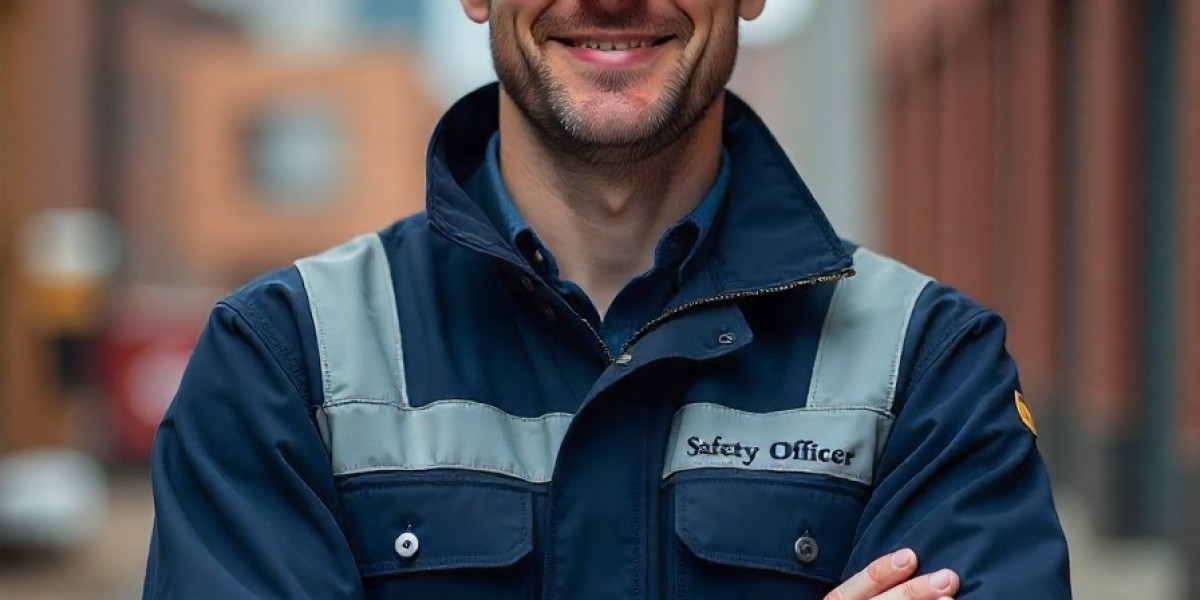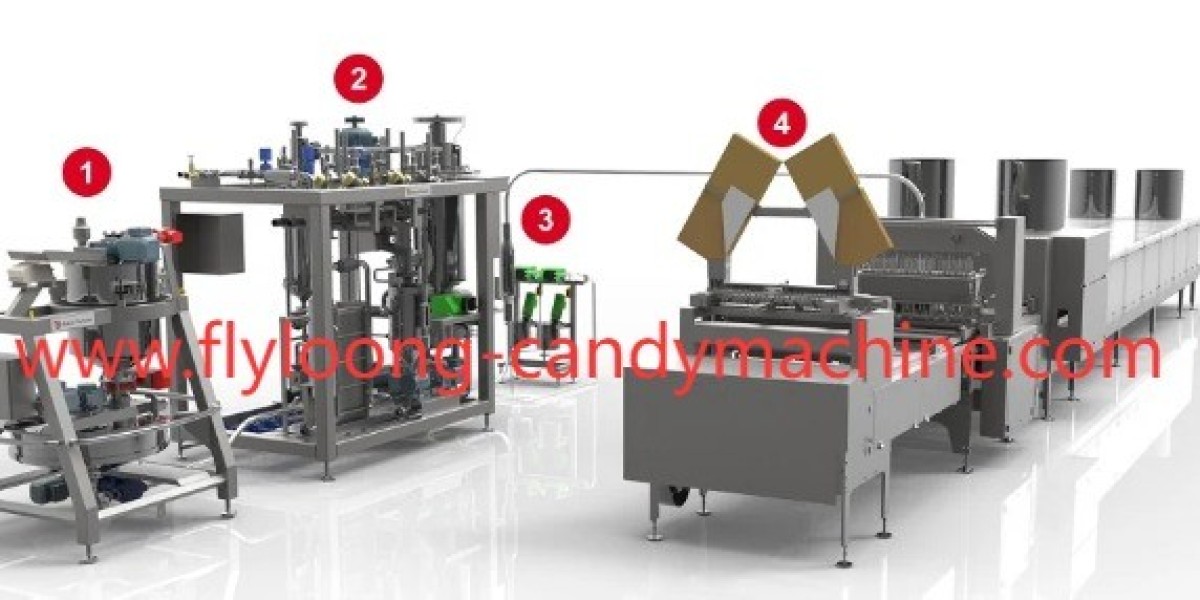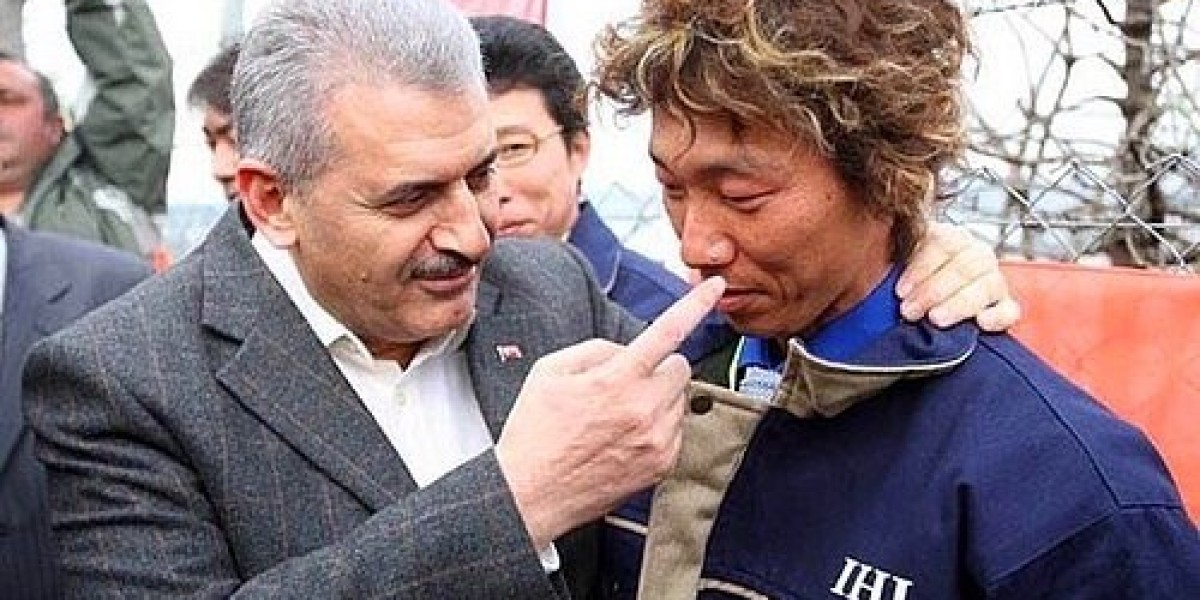Heavy machinery is a critical part of industries like construction, manufacturing, and logistics. However, with the benefits of speed and efficiency come serious safety risks. One of the most effective yet often underestimated safety measures is the use of spotters. Spotters serve as the eyes and ears of equipment operators, ensuring that blind spots, crowded sites, and unpredictable hazards don’t result in accidents.
Understanding the importance of spotters is not just about compliance—it’s about building a safety culture where lives are prioritized. Workers who undergo structured Safety Courses gain a deeper appreciation of why spotters are indispensable for safe machinery operations. This article explores the role of spotters, their responsibilities, and best practices for ensuring safe work environments.
The Role of Spotters in Machinery Operations
Spotters act as an extension of the operator’s vision. Machinery such as cranes, forklifts, backhoes, and excavators often have large blind spots. While cameras and mirrors help, they cannot replace a trained human who can adapt to changing situations.
Key responsibilities of spotters include:
Guiding operators in congested or high-risk areas.
Monitoring blind spots and ground conditions.
Communicating hazards to the operator in real time.
Preventing collisions with workers, vehicles, or structures.
In essence, spotters act as a crucial link between safe operation and potential disaster.
Why Spotters Are Non-Negotiable
1. Reducing Blind Spot Risks
Operators cannot see everything around their machines. Spotters help fill in these gaps, significantly reducing the chances of struck-by or caught-in accidents.
2. Enhancing Communication
Spotters use standardized hand signals, radios, or verbal cues to maintain clear communication with operators, ensuring smoother and safer movement of heavy loads.
3. Protecting Ground Workers
Worksites are often crowded with multiple activities. Spotters ensure that ground workers are aware of machinery movement, preventing unnecessary injuries.
4. Compliance with Safety Standards
OSHA and international safety regulations highlight the need for spotters in high-risk machinery operations. Companies that fail to use spotters often face legal and financial consequences after accidents.
Real-World Example: Spotters Preventing Accidents
In 2022, a construction company in Dubai credited spotters with avoiding a major accident when a crane operator lost sight of workers near an excavation pit. The spotter’s quick signaling prevented the load from swinging into the crew.
This incident highlights how spotters are not just support staff but lifesavers. Companies investing in safety courses in Pakistan and globally ensure their spotters are trained to handle such critical moments effectively.
Essential Qualities of an Effective Spotter
Not every worker can perform the duties of a spotter. The role requires specific qualities and skills:
Sharp observation skills – Must constantly scan the environment.
Clear communication abilities – Use precise and understood signals.
Alertness – Quick to react to potential hazards.
Knowledge of equipment – Understand the operator’s limitations and machine functions.
Calm under pressure – Ability to manage emergencies effectively.
Best Practices for Spotters in Machinery Operations
To maximize effectiveness, spotters should follow industry best practices:
1. Maintain Constant Eye Contact
Operators and spotters should keep visual contact whenever possible to ensure signals are understood.
2. Use Standardized Hand Signals
Every team member should be trained to recognize the same set of signals, minimizing confusion.
3. Wear High-Visibility PPE
Spotters must always stand out from their environment, especially in low-light or high-traffic areas.
4. Position Themselves Strategically
Spotters should never stand in pinch points or within the machine’s danger zone.
5. Use Two-Way Radios When Needed
For noisy environments, radios or headsets provide clear communication without misinterpretation.
Common Mistakes Spotters Should Avoid
Even trained spotters can make errors. Recognizing these common mistakes can save lives:
Standing too close to the equipment.
Using vague or unrecognized hand signals.
Getting distracted by other tasks.
Assuming operators see them without confirmation.
Failing to stop operations when unsure.
Training Spotters: Building Competency
Spotters are only effective when properly trained. Employers should invest in regular training programs that cover:
Hazard recognition.
Equipment blind spots.
Emergency response.
Communication techniques.
Safe positioning practices.
Structured training ensures consistency and competence across teams. Workers pursuing a Safety Officer Course often gain valuable insights into these areas, making them better prepared to manage spotter roles
The Link Between Spotters and Workplace Safety Culture
Having spotters on-site reflects a company’s commitment to safety. It signals to employees that their well-being matters. Over time, consistent use of spotters:
Reduces incident rates.
Improves worker confidence.
Builds trust between management and staff.
Enhances overall operational efficiency.
Spotters Across Different Industries
While spotters are most commonly associated with construction sites, their role extends to multiple industries:
Manufacturing plants – Assisting in moving heavy equipment.
Warehouses – Guiding forklifts and pallet loaders.
Mining – Ensuring safe operation of massive haul trucks.
Oil and gas – Supporting crane and rigging operations.
Wherever machinery operates near workers, spotters are essential.
Quick Reference: Spotter Safety Checklist
Task | Yes/No |
Is the spotter wearing high-visibility PPE? | ☐ |
Are hand signals standardized and understood? | ☐ |
Is communication equipment available and tested? | ☐ |
Is the spotter standing in a safe, visible location? | ☐ |
Has the spotter been trained recently? | ☐ |
Regularly using a checklist ensures that spotters are prepared for their role.
Building Skills Through Safety Training
For workers aiming to advance their careers, completing professional Safety Courses provides essential knowledge about spotter responsibilities and machinery operations. Similarly, enrolling in specialized safety courses in Pakistan equips individuals with globally relevant safety skills while making them job-ready for industries like construction, oil and gas, and logistics.
Conclusion
Spotters are not optional—they are a cornerstone of safe machinery operations. By acting as an operator’s second set of eyes, they prevent accidents, safeguard workers, and ensure compliance with safety regulations. From construction sites to manufacturing plants, their role is indispensable.
Companies that train and empower spotters are investing in a safer, more efficient workplace. Workers who pursue structured learning, such as a Safety Officer Course, are better equipped to take on critical roles like spotting and ensure their teams return home safely each day.








